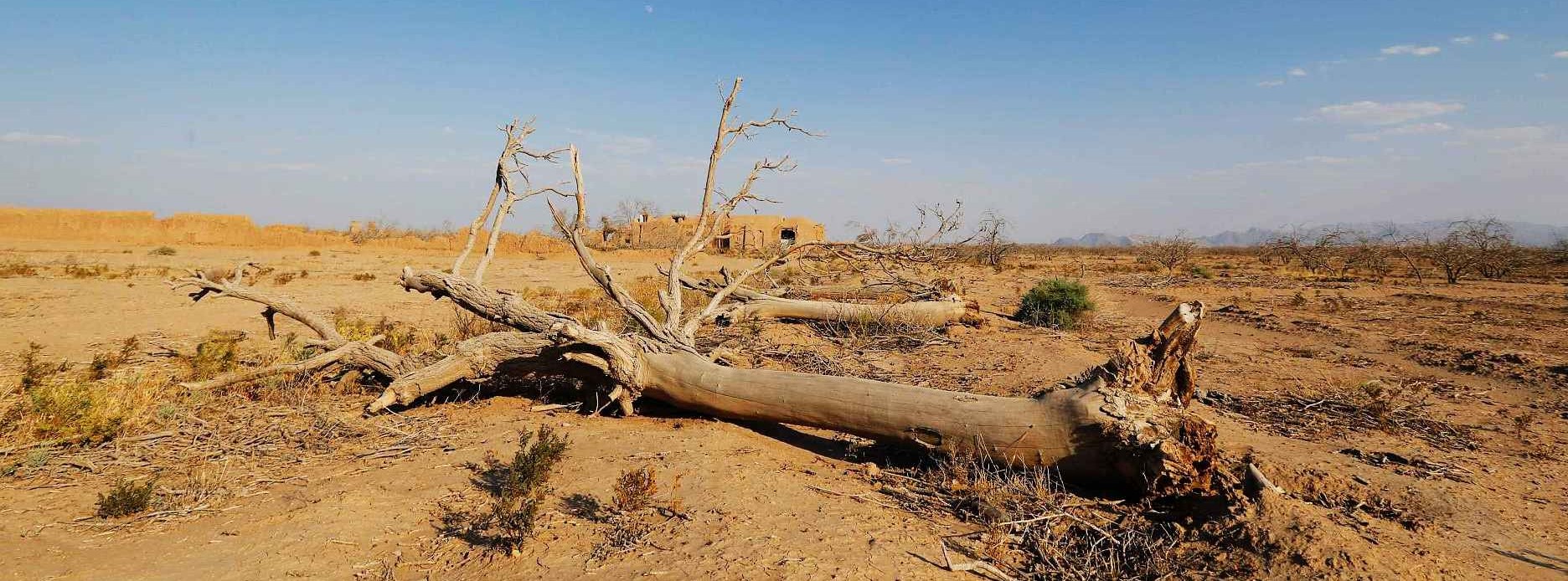Water shortage is definitely Iran’s number one challenge and some parts of the country will face limited habitability unless adaptability measures are implemented without delay, the head of Iran Chamber of Commerce, Industry, Mines and Agriculture said.
“Water security, a silent but growing danger, is very likely to create uninhabitable living conditions in certain regions as suggested by the studies of international organizations such as the United Nations,” Gholamhossein Shafei was also quoted as saying by the Energy Ministry’s news portal.
Resilient adaptation measures and sustainable water resource management practices are needed to protect not only the people, but also cities from the looming manmade disaster. We may have less than 10 years to redress the deplorable situation,” he said.
According to the official, tapping into unconventional water resources, including treated wastewater, in the water-intensive agro sector is among alternative solutions that have been repeated again and again by ICCIMA. Nonetheless, over the past few decades, across a variety of administrations, less attention has been paid to water security.
Nations in which average annual precipitation is around 800 millimeters have already invested massively to develop their wastewater treatment infrastructures, but Iran with a maximum annual rainfall of 300 millimeters has done almost nothing in this regard.
ICCIMA has been discussing and suggesting solutions to change farming patterns since 2,000, “but none of our recommended alternatives, including new irrigation methods and greenhouse farming, have been put into practice".
“Farming industry consumes close to 90 billion cubic meters of water, of which 10 bcm are used to produce products that go to waste before they are sold in the market,” he said.
Up to 30% of agricultural products go to waste in Iran, mostly during the harvest and post-harvest stages.
“Waste produced along the agriculture production chain in Iran accounts for 3% of total agricultural and food waste globally,” Shafei said.
“Iran produces 100 million tons of agricultural products annually, of which 16.5 million tons go to waste, which is equal to the output of 1 million hectares of land, or 12% of the total land using irrigated cultivation systems.”
Agricultural Waste
The official noted that 90% of Iran’s agricultural waste pertain to 60 horticultural and agronomic crops, and 10% to 40 other products.
Referring to another formidable threat, Shafei said that in 1970s, there were about 47,000 deep water wells in Iran and now the figure has jumped by 95% to reach 850,000 and the uptrend is continuing.
Climate change, in addition to population explosion, has also adversely affected water supply and water demand.
Studies on precipitation in Iran show that it has been declining for the past five decades. This is mainly significant because precipitation in Iran is unequally distributed, and rain is a vital source of supply.
The range of distribution varies greatly between 5 mm in some desert areas and 1,600 in the Caspian Sea basin. In addition, 70% of the landmass receive only 43% of the rainfall.
Notably, the average rainfall is 290 mm a year, nearly a third of the world’s average, and two-thirds of it vanish because of evaporation.
Data published by the Energy Ministry show that 11 mega cities with a total population of 37 million people in Iran are already grappling with water stress, and Iran is ranked the 24th most water-stressed nation by the World Resources Institute.
Isfahan is one of the provinces most affected by water shortages.
Ongoing Crisis
The ongoing crisis is a threat for Iran as a whole that should be tackled immediately. The Iranian government’s efforts to curb water shortages have been minimal to non-existent, as it lacks a water strategy.
The Iranian government before the 1979 Islamic Revolution focused on cultivating crops that used massive amounts of water, resulting in the devastation of the aqueduct water system that was in place for millennia, and the creation of large burdens on urban centers owing to migration.
The situation did not improve much after the revolution. The post-1979 government concentrated on maximum extraction from underground resources rather than curb the consumption.
Iran’s not so cordial relationships with international community after the revolution made it unwilling to rely on other nations for vital crops and, instead, it has made concerted efforts to attain self-sufficiency in food production, but at what price?


